Ensuring optimal fuel tank capacity in trucks is pivotal for efficient fleet management, cost-effectiveness, and minimizing downtime. At CarMax Vehicle, we understand the intricate balance between fuel capacity, vehicle performance, and operational requirements. This comprehensive guide delves deep into the nuances of truck fuel tank capacity in litres, providing valuable insights to help you make informed decisions for your transportation needs.
Understanding Truck Fuel Tank Capacity
What is Fuel Tank Capacity?
Fuel tank capacity refers to the total volume of fuel that a truck’s tank can hold, measured in litres. This specification is crucial as it directly impacts the vehicle’s range, refueling frequency, and overall operational efficiency.
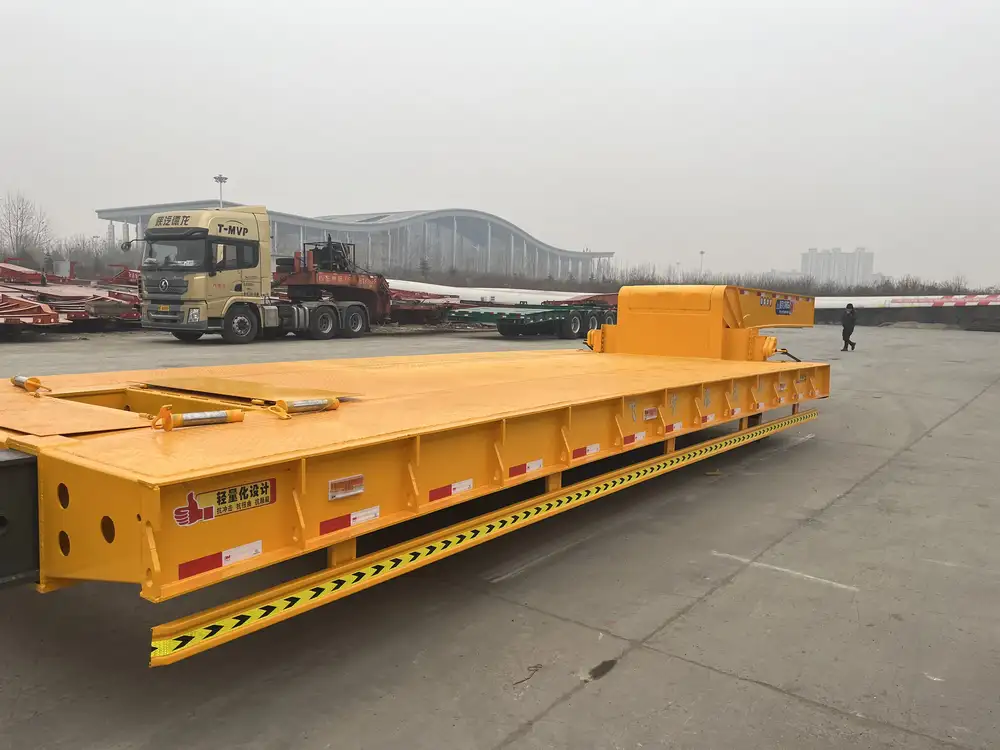
Importance of Adequate Fuel Capacity
- Operational Efficiency: Sufficient fuel capacity ensures longer distances between refueling stops, enhancing productivity.
- Cost Management: Optimizing fuel tank size can lead to significant savings by reducing the frequency of fuel purchases and minimizing idle time.
- Fleet Flexibility: Diverse fuel tank capacities allow fleets to cater to varied transportation needs, from short urban routes to long-haul journeys.
Factors Influencing Fuel Tank Capacity Decisions
Vehicle Type and Usage
Different truck types require varying fuel capacities based on their primary function. Long-haul trucks necessitate larger fuel tanks to cover extended distances, while local delivery trucks might prioritize maneuverability over capacity.

Route and Distance
The typical routes your fleet covers play a significant role in determining the optimal fuel tank size. Routes with limited refueling infrastructure may benefit from larger tanks.
Load and Weight Considerations
Fuel adds to the overall weight of the truck. Balancing fuel capacity with payload requirements is essential to maintain compliance with weight regulations and ensure vehicle performance.
Fuel Efficiency
Higher fuel efficiency can offset the need for larger tanks. Investing in fuel-efficient vehicles can reduce the dependency on excessive fuel capacity without compromising on range.
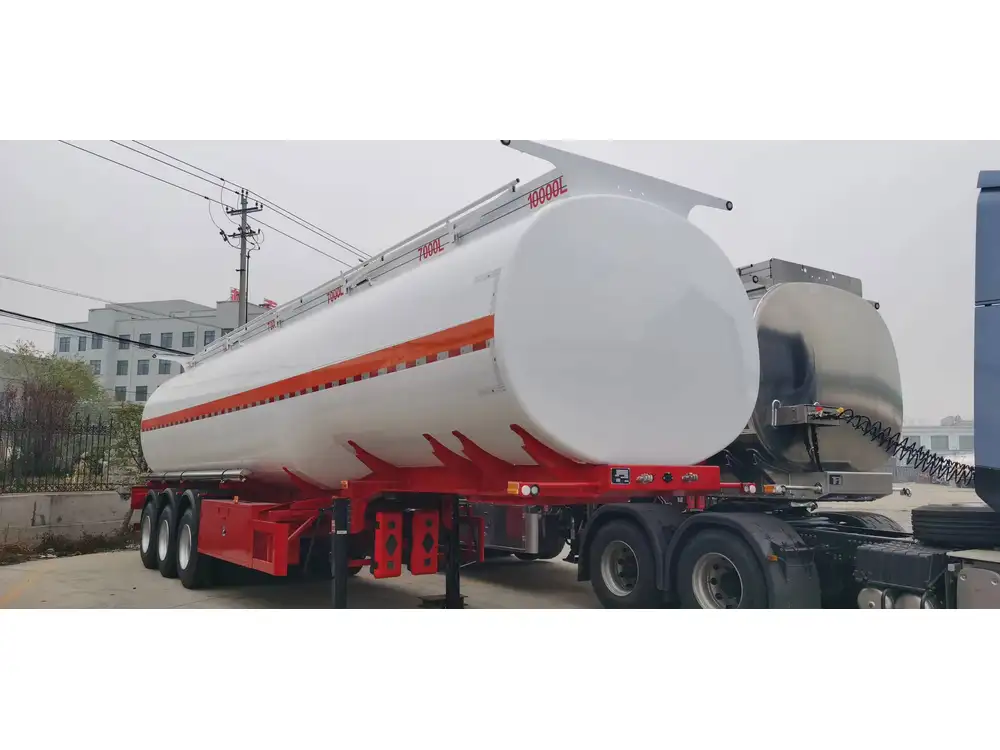
Regulatory Compliance
Different regions have specific regulations governing fuel tank sizes, especially concerning safety and environmental standards. Ensuring compliance is non-negotiable to avoid penalties and ensure operational legality.
Types of Fuel Tanks and Their Capacities
Single Tank Systems
Most standard trucks come equipped with a single fuel tank, typically ranging from 200 to 300 litres. This setup is straightforward, cost-effective, and suitable for various applications.
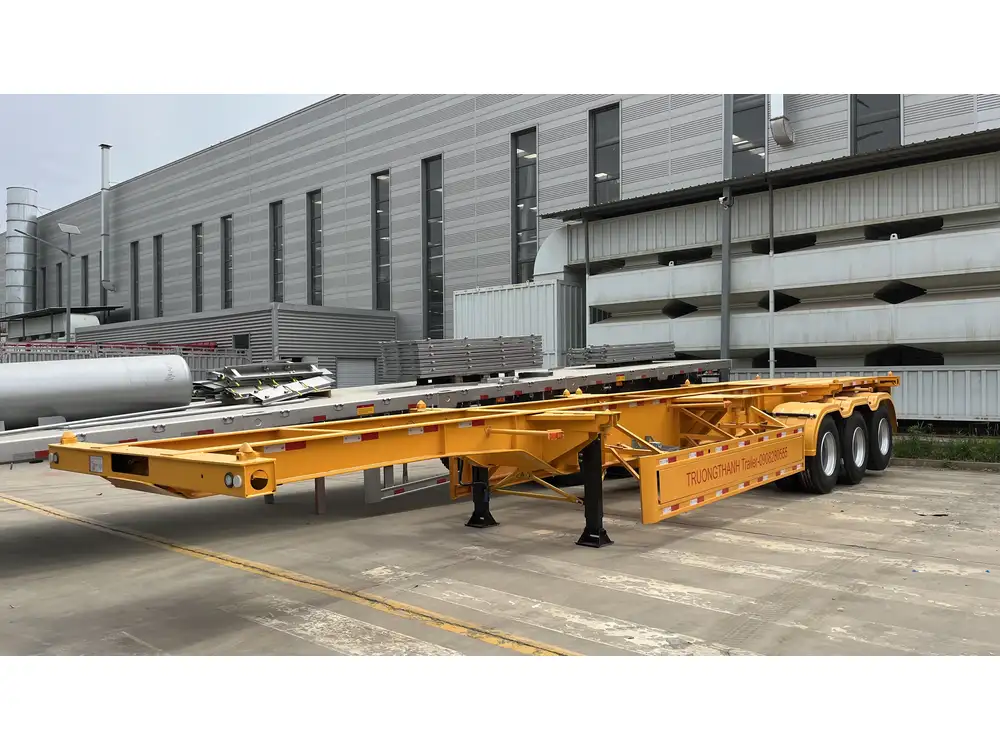
Dual Tank Systems
Dual tank systems offer enhanced flexibility by providing two separate reservoirs, each holding between 150 to 250 litres. This configuration is advantageous for operations requiring longer ranges or multiple fuel types.
Auxiliary Tanks
Auxiliary tanks serve as supplementary fuel sources, usually holding an additional 100 to 150 litres. They are ideal for emergency reserves or specific route requirements.
Comparison Table: Fuel Tank Types
| Tank Type | Capacity Range (Litres) | Advantages | Ideal For |
|---|---|---|---|
| Single Tank | 200 – 300 | Simplicity, cost-effective | General transportation applications |
| Dual Tank | 300 – 500 | Enhanced flexibility, longer range | Long-haul, multi-route operations |
| Auxiliary Tank | 100 – 150 | Emergency reserve, specific route requirements | Specialized routes, backup needs |
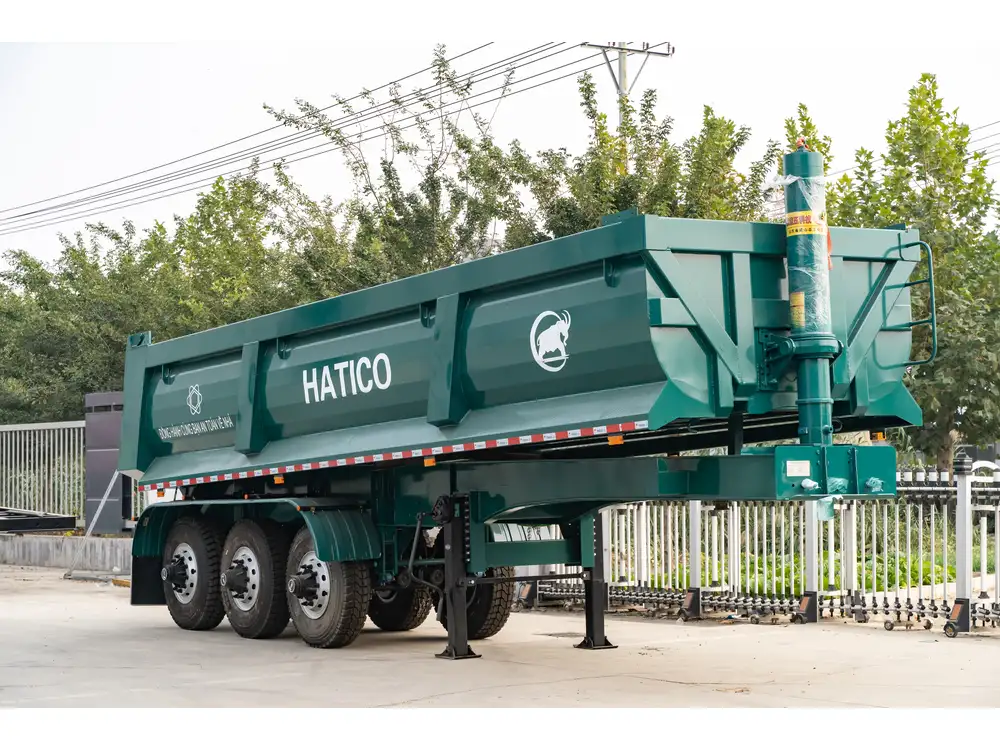
CarMax Vehicle’s Fuel Tank Solutions
At CarMax Vehicle, we offer a diverse range of semi-trailers tailored to meet varied fuel capacity requirements, ensuring optimal performance and reliability.
Standard Semi-Trailers
Our standard semi-trailers come with fuel tank capacities ranging from 250 to 350 litres, designed for general transportation needs. These tanks are engineered for durability and efficiency, ensuring minimal maintenance and maximum uptime.
Extended Range Semi-Trailers
For those requiring extended range capabilities, CarMax Vehicle provides semi-trailers with fuel capacities between 400 to 600 litres. These models are perfect for long-haul operations, reducing the frequency of refueling stops and enhancing operational efficiency.

Customizable Fuel Tank Options
Understanding that every fleet has unique requirements, we offer customizable fuel tank configurations. Clients can choose from single, dual, or auxiliary tank setups, with capacities tailored to specific operational demands.
| Semi-Trailer Model | Fuel Tank Capacity (Litres) | Features | Suitable For |
|---|---|---|---|
| Standard Model A | 250 – 350 | Durable construction, easy maintenance | General transportation |
| Extended Range Model B | 400 – 600 | Enhanced range, robust design | Long-haul operations |
| Custom Config Model C | Customizable | Flexible configurations, tailored to client needs | Specialized and unique requirements |
Optimizing Fuel Usage Based on Tank Capacity
Route Planning and Fuel Management
Efficient route planning can significantly enhance fuel utilization. By analyzing fuel consumption patterns and optimizing routes, fleets can maximize the benefits of their fuel tank capacity.
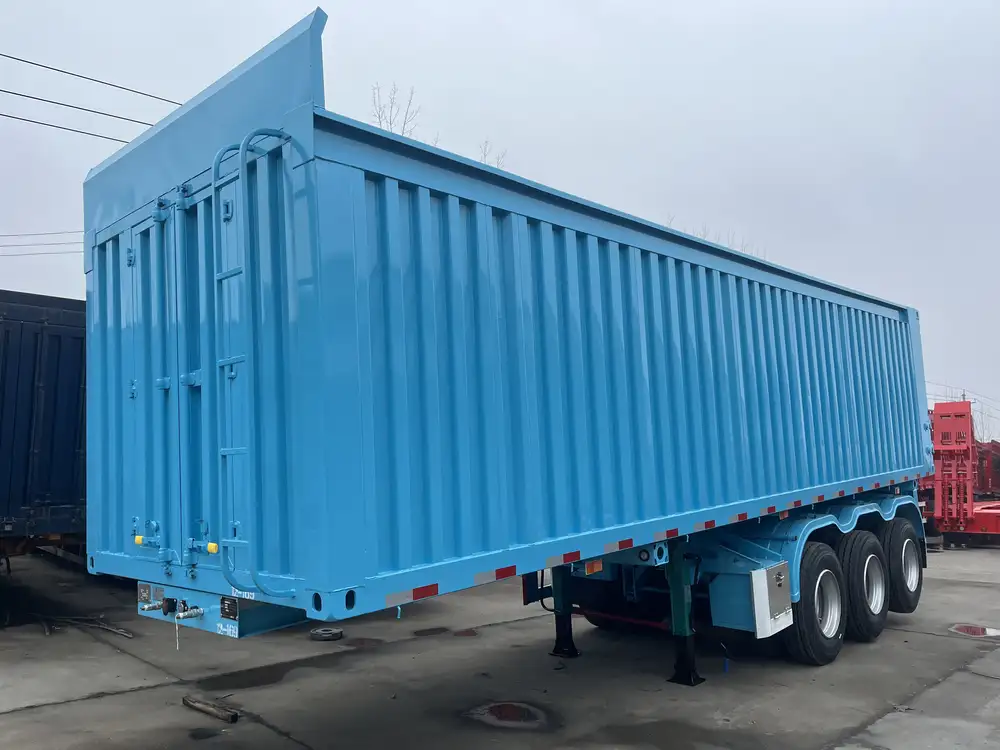
Regular Maintenance
Maintaining optimal engine performance ensures better fuel efficiency, reducing the strain on fuel tanks and extending their effective capacity.
Driver Training
Educating drivers on fuel-efficient driving techniques, such as avoiding excessive idling and maintaining steady speeds, can lead to substantial fuel savings.
Fuel Monitoring Systems
Implementing advanced fuel monitoring systems provides real-time data on fuel consumption, enabling proactive management and optimization of fuel usage.
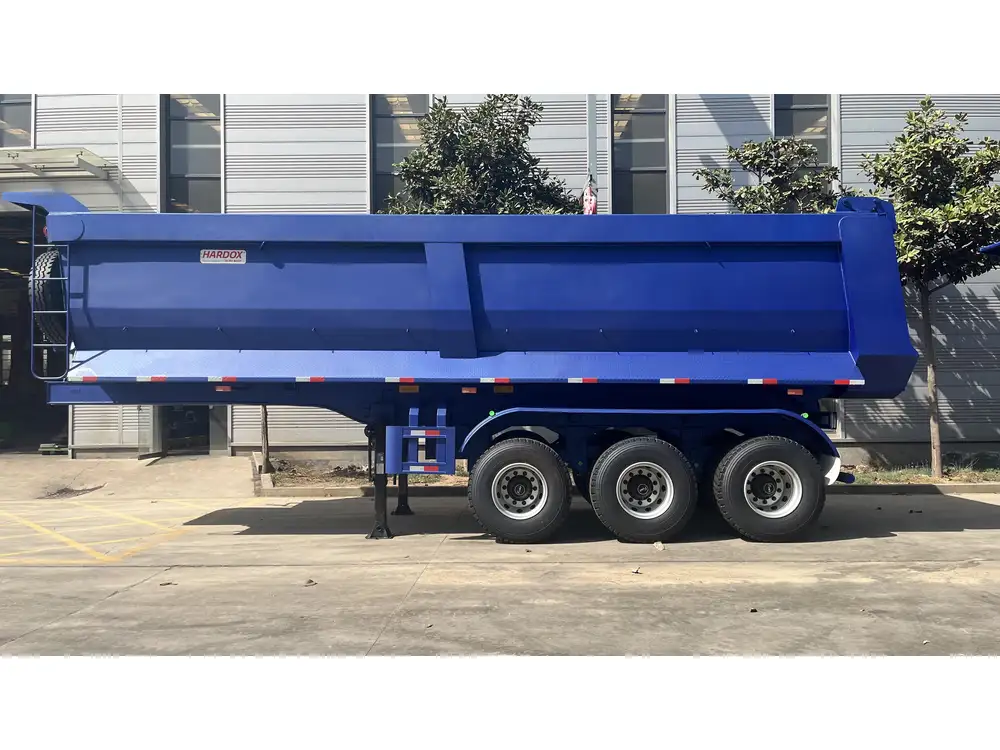
Benefits of Larger vs. Smaller Fuel Tanks
Advantages of Larger Fuel Tanks
- Extended Range: Longer distances between refueling stops enhance productivity.
- Reduced Downtime: Fewer refueling breaks mean more operational time.
- Flexibility: Ability to cater to diverse route requirements without frequent refueling.
Advantages of Smaller Fuel Tanks
- Reduced Weight: Lower fuel capacity decreases overall vehicle weight, improving payload efficiency.
- Cost Savings: Smaller tanks are often cheaper and lighter, leading to reduced operational costs.
- Maneuverability: Enhanced vehicle handling and maneuverability, especially in urban environments.

Cost-Benefit Analysis
When deciding between larger and smaller fuel tanks, it’s essential to conduct a cost-benefit analysis considering factors like fuel prices, route lengths, and operational costs. Balancing these elements ensures that the chosen fuel tank capacity aligns with your fleet’s economic and operational goals.
Industry Standards and Regulations
Safety Standards
Compliance with safety standards is paramount when selecting fuel tank capacities. Regulations often dictate tank placement, material standards, and safety features to prevent leaks and accidents.

Environmental Regulations
Environmental considerations, such as emissions standards and fuel containment requirements, influence fuel tank design and capacity. Adhering to these regulations not only ensures legal compliance but also promotes sustainable operations.
Capacity Limitations
Certain jurisdictions impose restrictions on maximum fuel tank capacities to control environmental impact and enhance road safety. It’s crucial to be aware of these limitations when configuring your fleet’s fuel systems.
Innovations in Fuel Tank Technology

Lightweight Materials
Advancements in materials science have led to the development of lightweight fuel tanks, reducing overall vehicle weight without compromising capacity.
Smart Fuel Management Systems
Integrating IoT and smart technologies allows for real-time monitoring and management of fuel usage, optimizing consumption and enhancing fleet efficiency.
Alternative Fuels Compatibility
With the rise of alternative fuels, modern fuel tanks are being designed to accommodate various fuel types, providing flexibility and future-proofing your fleet operations.

Future Trends in Truck Fuel Tank Capacity
Electrification and Hybrid Systems
As the transportation industry shifts towards electrification, the role of traditional fuel tanks is evolving. Hybrid systems that combine fuel and electric power offer increased efficiency and reduced emissions.
Autonomous Fuel Management
Autonomous systems are poised to revolutionize fuel management, enabling predictive maintenance, automated refueling, and optimized fuel consumption through advanced algorithms.

Sustainable Fuel Solutions
The push towards sustainability is driving innovations in fuel tank design, focusing on eco-friendly materials, recyclable components, and enhanced fuel efficiency to minimize environmental impact.
Choosing the Right Fuel Tank Capacity for Your Fleet
Assessing Operational Needs
Evaluate your fleet’s specific requirements, including typical route lengths, payload capacities, and fuel consumption rates, to determine the optimal fuel tank capacity.
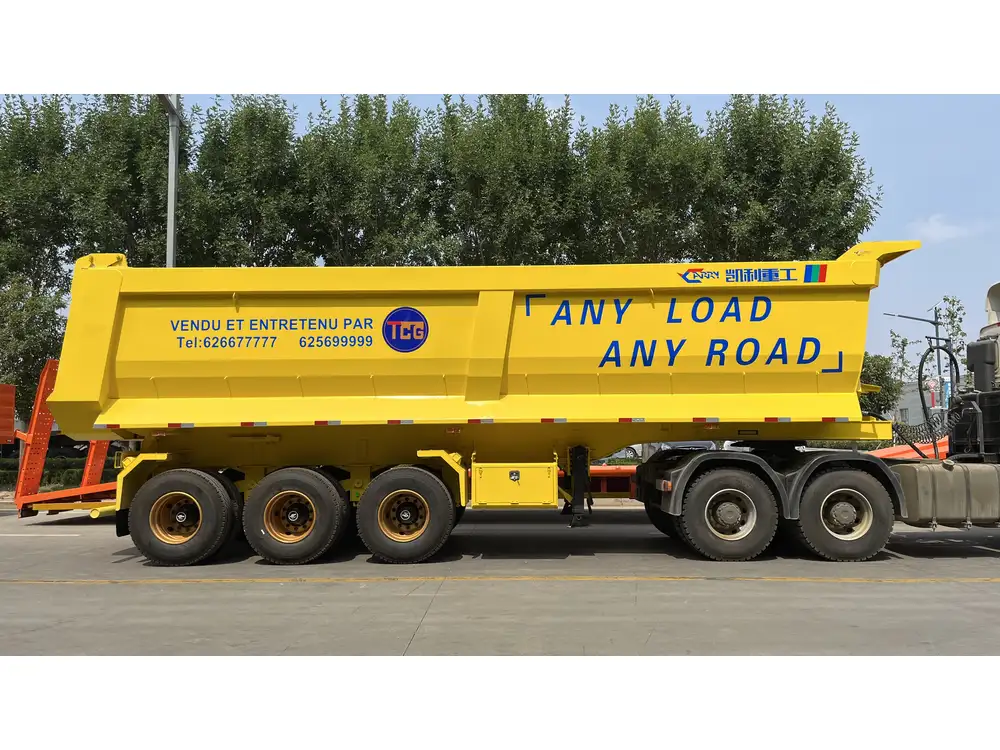
Balancing Capacity and Weight
Strike a balance between fuel capacity and vehicle weight to ensure compliance with regulations and maintain operational efficiency.
Consulting with Experts
Partner with industry experts like CarMax Vehicle to gain insights and recommendations tailored to your fleet’s unique needs, ensuring optimal fuel tank configurations.
Benefits of Partnering with CarMax Vehicle
Choosing CarMax Vehicle for your semi-trailer needs offers numerous advantages:
- Customization: Tailored fuel tank solutions to meet specific operational requirements.
- Quality Assurance: High-quality materials and construction ensure durability and reliability.
- Innovative Designs: Cutting-edge technology and design innovations provide enhanced performance and efficiency.
- Comprehensive Support: Dedicated customer support and maintenance services ensure seamless fleet operations.
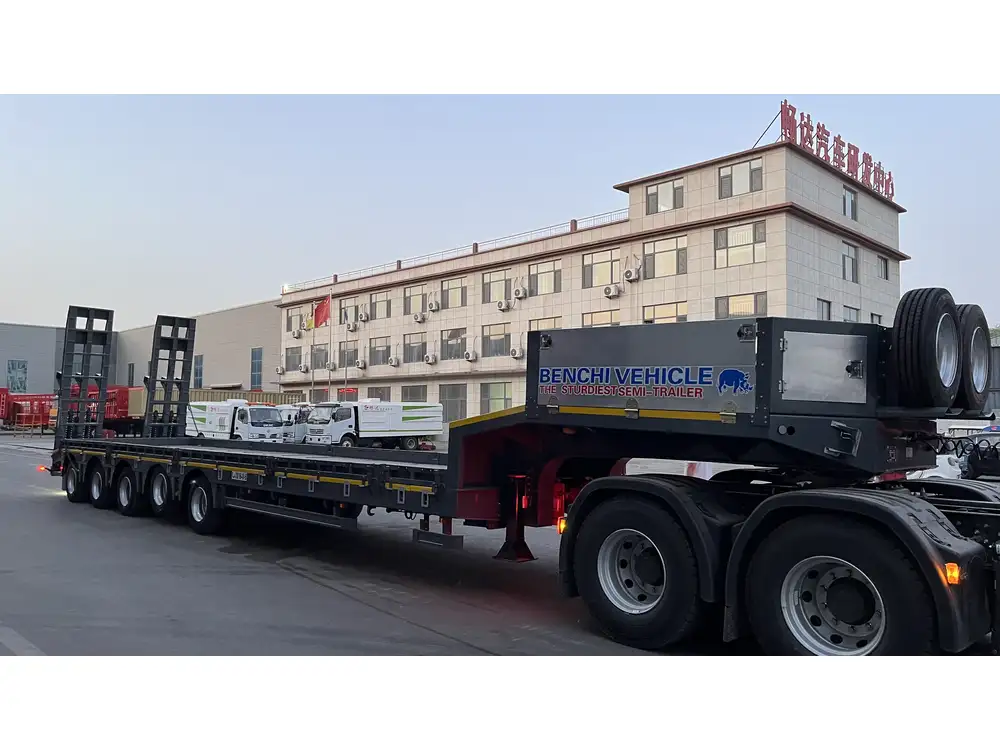
Conclusion
Selecting the appropriate truck fuel tank capacity in litres is a critical decision that impacts your fleet’s efficiency, cost-effectiveness, and operational success. At CarMax Vehicle, we provide a range of customizable fuel tank solutions designed to meet diverse transportation needs. By understanding the factors influencing fuel tank capacity and leveraging advanced technologies, you can optimize your fleet’s performance and achieve sustainable growth.
Frequently Asked Questions
1. What is the average fuel tank capacity for long-haul trucks?
Long-haul trucks typically have fuel tank capacities ranging from 400 to 600 litres, enabling them to cover extended distances without frequent refueling stops.

2. How does fuel tank capacity affect a truck’s payload?
Larger fuel tanks add weight to the truck, which can reduce the payload capacity. It’s essential to balance fuel capacity with payload requirements to maintain compliance with weight regulations and ensure optimal performance.
3. Can I upgrade the fuel tank capacity on my existing semi-trailer?
Upgrading the fuel tank capacity is possible but requires careful consideration of factors like structural integrity, weight distribution, and regulatory compliance. Consulting with experts from CarMax Vehicle is recommended to ensure a safe and efficient upgrade.
4. What are the benefits of dual tank systems in semi-trailers?
Dual tank systems provide enhanced flexibility, allowing for longer ranges and the ability to use different fuel types. They are ideal for fleets that operate over diverse routes or require backup fuel reserves.
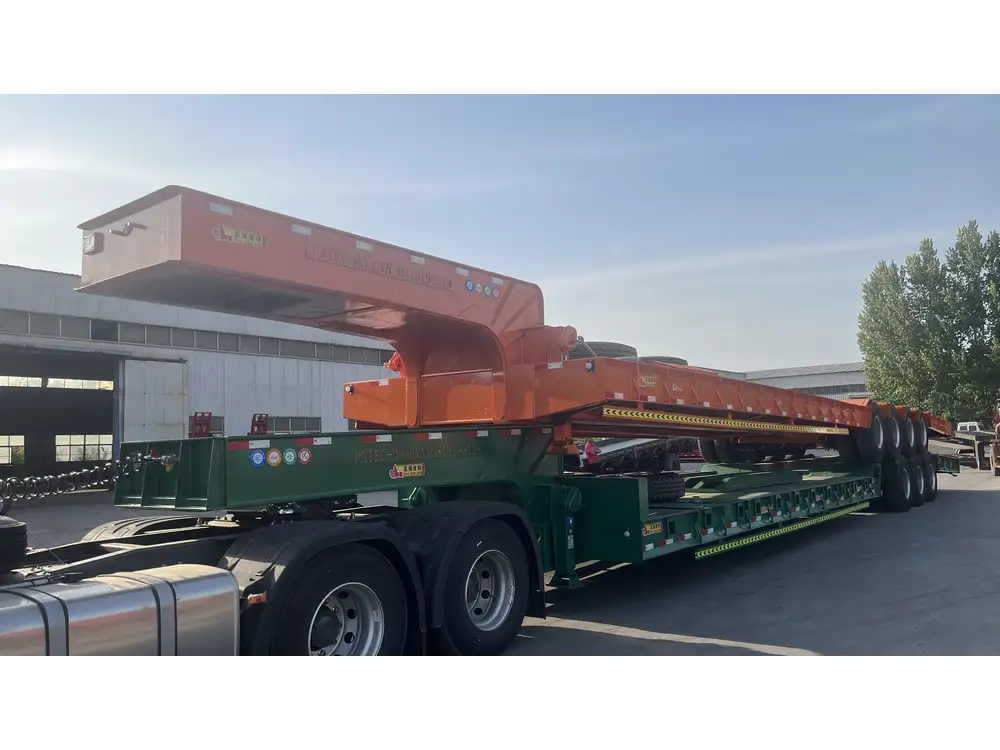
5. How can I optimize fuel efficiency based on my truck’s fuel tank capacity?
Optimizing fuel efficiency involves efficient route planning, regular vehicle maintenance, driver training on fuel-saving techniques, and utilizing fuel monitoring systems. These strategies help maximize the benefits of your truck’s fuel tank capacity and reduce overall fuel consumption.



